Building Plans
In 1921, official plans for the new science building placed it atop the old site of Williston Hall. It was unanimously agreed by Trustees and alumnae to name the new building for Dr. Cornelia Clapp. Floors were organized by department: the first floor was to be dedicated to zoology, the second to botany, and the third and fourth floors to be shared between geology and physiology. Originally, plans included a museum wing to the north of the tower. The basement of the museum wing was to be shared between geology and zoology for the preparation of exhibit specimens. Unfortunately, due to costs, the museum wing was never built.
Student Fundraising
Clapp Laboratory’s construction totalled $600,000. Students held fundraising events, provided pay-for services including room cleaning and shoe-shining, and directly pledged money to the building costs. Over the 1923-24 winter break, students were sent home with donation cards that were then collected during chapel exercises on January 9th. Donations from this campaign totalled $7,753.50: the freshmen donated $2,398.50, the sophomores $2,562, the juniors $1,799, and the seniors $1,014. Prior to this, the senior class already pledged $20,000 to be donated within four years of their graduation. In the spring of 1924, three fundraising events were put on by the student body: there was Pay Dance in February, followed by a rummage sale held by the sophomores, and in March the juniors put on a fashion show.
A Final Fifty Thousand
In May 1925, a group of students were selected to lead the student body and raise a final $50,000. They built a model tower, each brick representing a single donation painted the class color of the donator. Students were asked to pay in $25 increments depending on how many years they would use the new laboratory before graduating. The Student Tower Campaign raised $52,000 and was a major morale boost to the campaign, allowing for the building fund to be completed in June. In the spring of 1926, a plaque was placed in the entrance foyer of Clapp dedicating the tower as the Student Tower to commemorate the campaign.
All-Holyoke Day
On March 17, 1924 a large event was held to celebrate Dr. Clapp’s birthday. Dubbed “All-Holyoke Day”, it was celebrated in two locations. First was a radio show in Springfield at 7 pm that included music performed by students and faculty and speeches given by Dr. Clapp and President Mary Woolley. The event then moved on campus to Chapin Auditorium at 8:15 pm. Alumnae groups gathered to celebrate All-Holyoke Day, listening in on the broadcast and holding their own celebrations. Earlier that year a similar fundraising event was held by the Boston Alumnae Association in January called “Mt. Holyoke Night” where for one night they took over the Hollis Street Theater’s ticket sales of Frank Craven’s play The First Year.
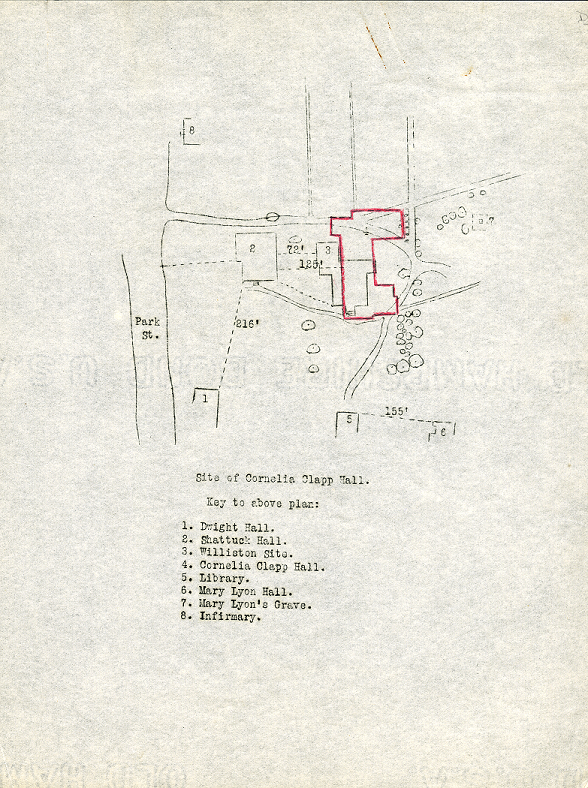
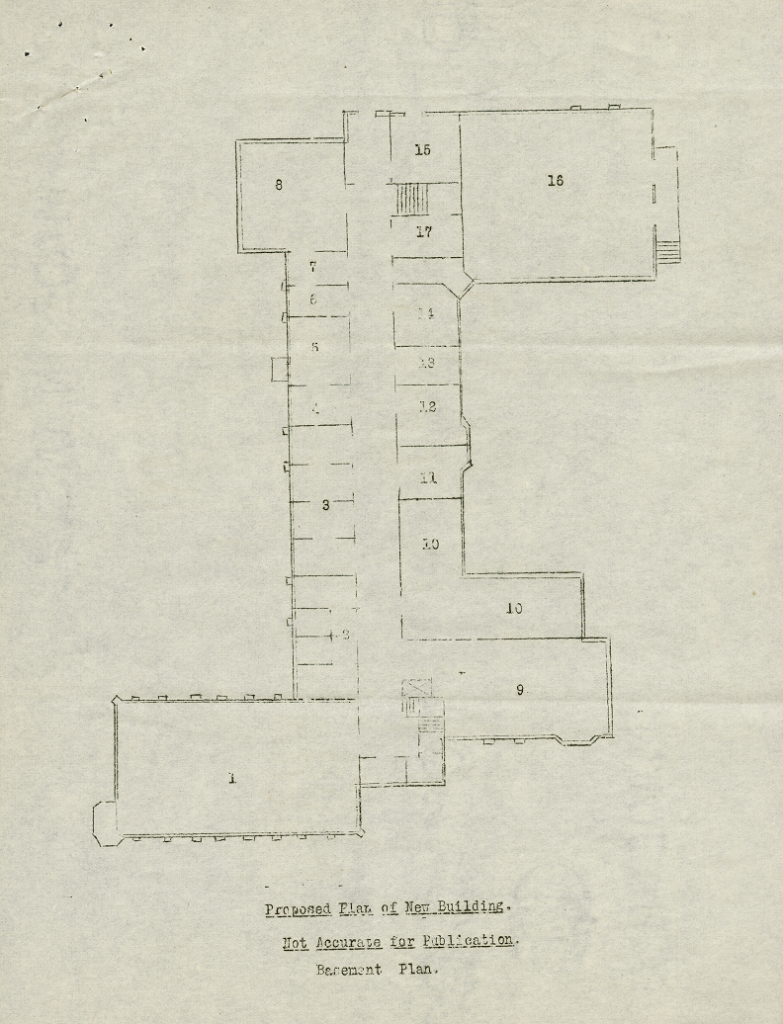
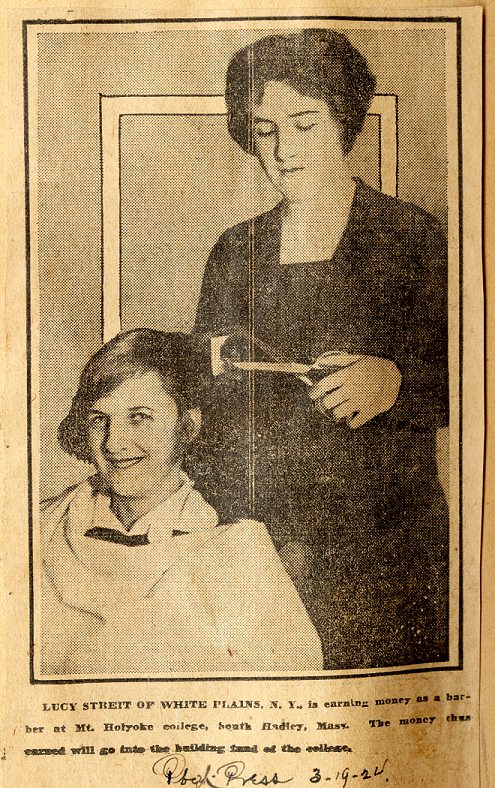
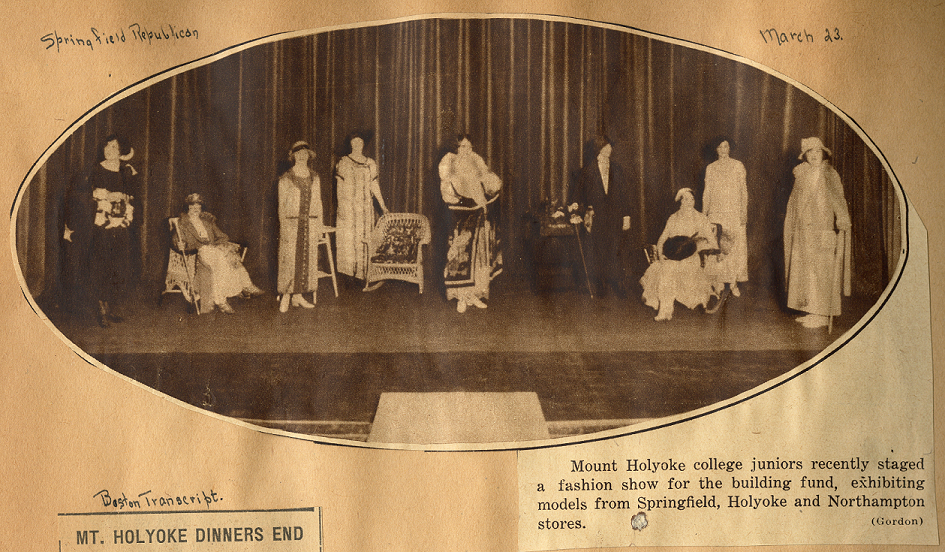
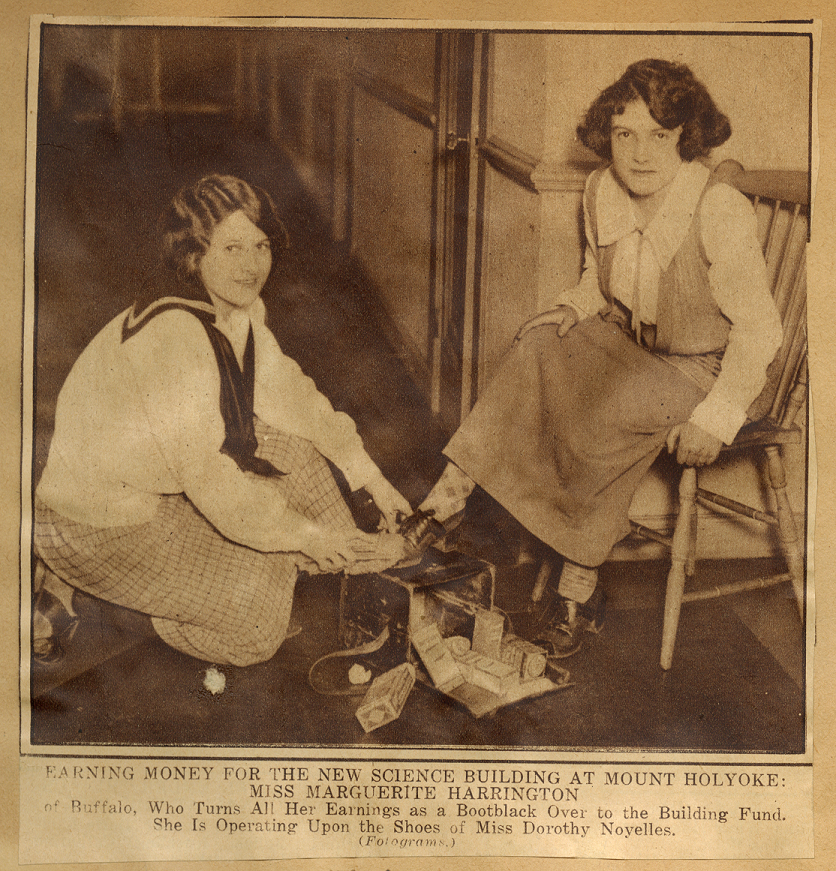
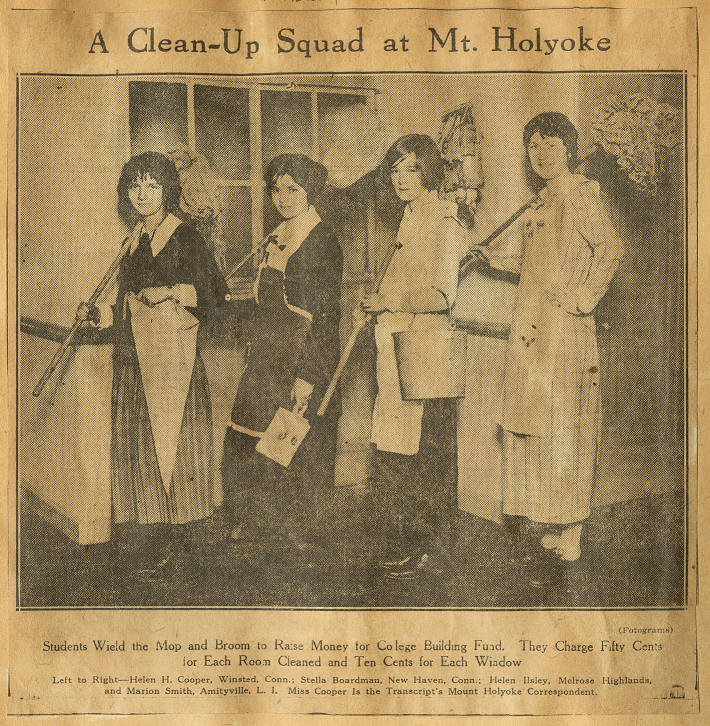


![Newspaper article titled "THAT FIFTY THOUSAND." Article reads "The success of a campaign for raising money must always depend to a large extent on the energy and thoroughness with which it is conducted. This is self evident, and we think the administration is to be congratulated on its methods. But this necessary energy, whether intentionally or otherwise, tends to become an almost irresistible pressure which results unfortunately. The force of public opinion is axiomatic. And public opinion, roused in a matter of this sort puts the girl of limited means in a difficult position. There is probably no student on c[a]mpus who has not heard duplicates of such remarks as "Of course they say we don't have to give but I should think any one who didn't would feel pretty small." or "Of course there's no compulsion, but if you don't---well---" We believe that this sentiment mistakes the intention of the drive. In the preliminary committee sessions it was repeatedly emphasized that no money at all would be preferable to raising the quota by means which would arouse opposition or "cynicism." The burdens is all too likely to fall on conscientious souls who cannot really afford a gift in any case. By the time this is printed, pledges will have been collected, the imitation tower on South Campus will be well on the way to completion, and the college will be thoroughly informed on the whole matter. We believe, therefore, that by that time all pretensions to any sort of pressure, official or unofficial should cease. Ample opportunity has been furnished to willing and able givers and ample matter for consideration to the rest. In all sincerity the poverty stricken should be allowed to rest in peace."](https://commons.mtholyoke.edu/clapp/wp-content/uploads/sites/954/2024/06/Clapp54FINAL-396x1024.png)
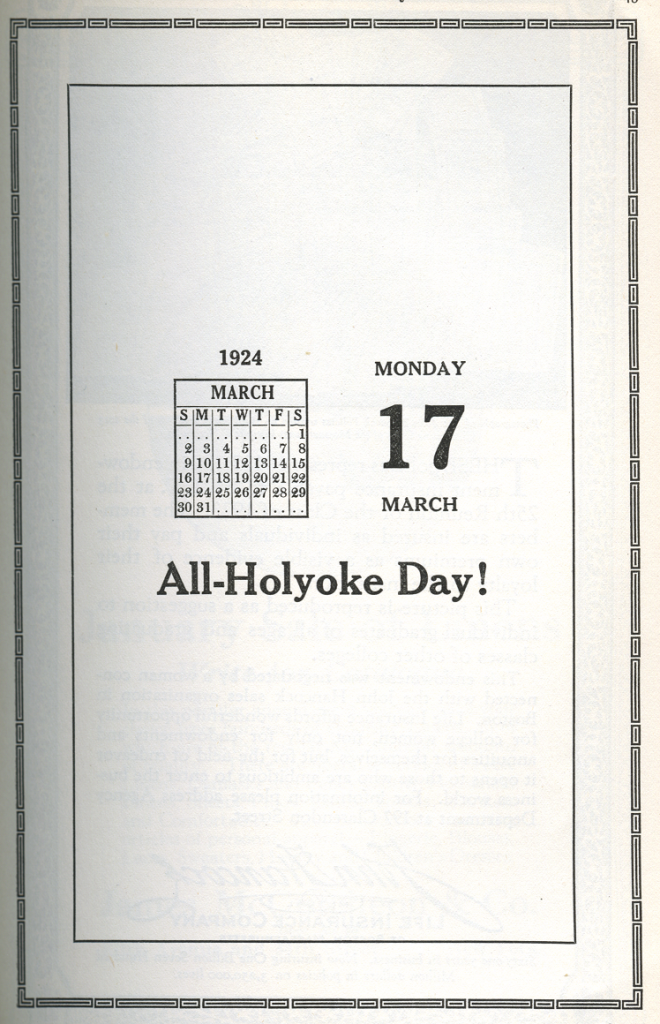

![Newspaper clipping titled "MOUNT HOLYOKE ALUMNAE LISTEN IN TO GREETINGS." Sub-header reads "Dr Clapp Broadcasts Message on Birthday---Happy at Being Honored---President Woolley Speaks." Article reads "Springfield Mount Holyoke college alumnae, simultaneously with other alumnae associations all over the United States, heard last night the birthday message of Dr Cornelia Clapp, a professor emeritus of the college, broadcast by President Mary Woolley from the Hotel Kimball station. The new science building will be named after Dr Clapp upon its dedication later in the year. About 56 alumnae met at the Women's clubhouse for dinner and, after enjoying Dr Clapp's message and President Woolley's address heard Dr Emma Carr discuss the history of scientific work and present-day activities at the college. Miss Maybelle Gray of Chicopee sang, accompanied by Mrs Burton. Prof Clapp's message read: 'To the Mount Holyoke alumnae, all hail to you of the college world; in Mount Holyoke alumnae scattered abroad. My heartiest greetings go to you, from Florida, land of sunshine, where snow does not chill nor coal bills terrify, but the cric[k]ets shirp merrily all winter long and the roses are ever blooming. 'Looking backwards over 43 years at Mount Holyoke, I realize that my joy in life came from the enthusiasms of my girls; the inspiration of their eager spirits has made teaching a delight, and no teacher ever had more ideal students. I am not indifferent to the honor you have bestowed upon me in giving my name to this wonderful building that replaces Williston hall of my day. There are some of us who can never forget old Williston.' Mrs Mabel Noble Fowler of Westminster street, this city, an alumna telegraphed from Seabreeze, Fla., that she was hearing the Mount Holyoke program of songs. President Woolley told of the work of Dr Clapp, prefacing it with a short history of the college. She said in part: 'It is not strange that the alumnae wish her name given to the new science building. She graduated from Mount Holyoke in the class of 1871 and was a member of the faculty for 43 years, most of the the head of the department of zoology; one of the first women to take the degree of doctor of philosophy at the University of Chicago. 'It was hoped to celebrate Dr Clapp's birthday by the announcement that the entire $600,000 which the building will cost, without including the equipment, had been pledged. It is now hoped that the $105,882.41 still necessary in order to complete it will soon be assured, by gifts, large and small, not only from alumnae and close friends of Mount Holyoke, but also from those outside that circle, who care for the sciences and realize the importance of adequate provision for their study, among women as well as among men, for the future of the home as well as for the future of public welfare.' The following musical program by students of Mount Holyoke college and Anna Wollman, soprano, Milton J. Aronson, violinist, and Prof William Churchill Hammond, pianist, head of the music department, was given: ---."](https://commons.mtholyoke.edu/clapp/wp-content/uploads/sites/954/2024/06/Clapp56FINAL-219x1024.png)